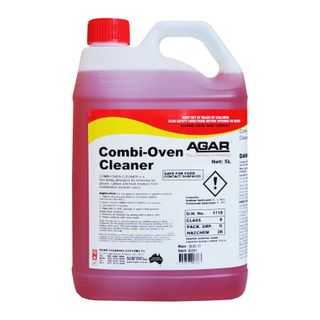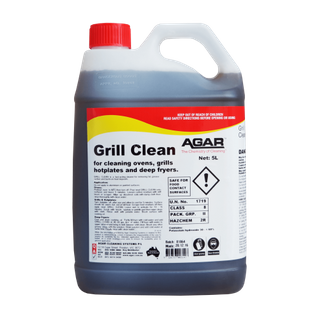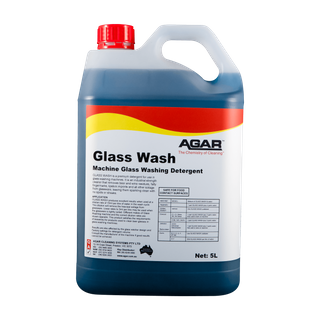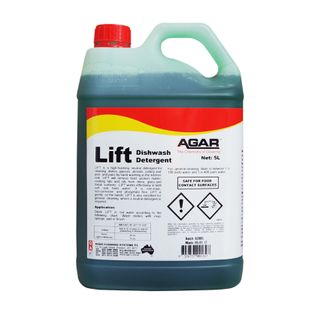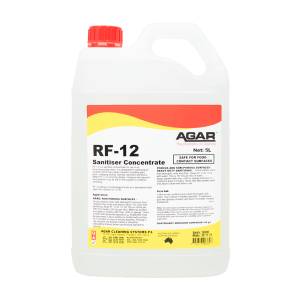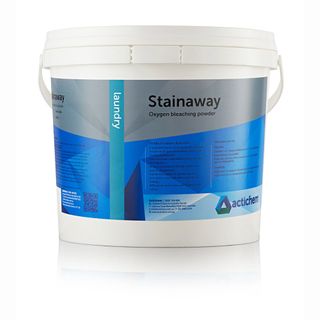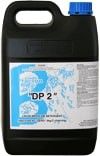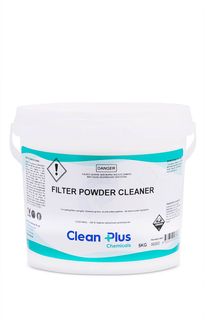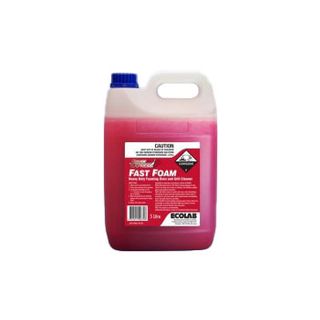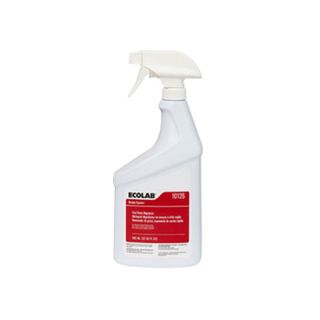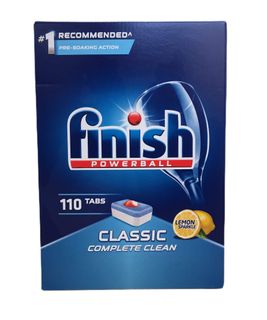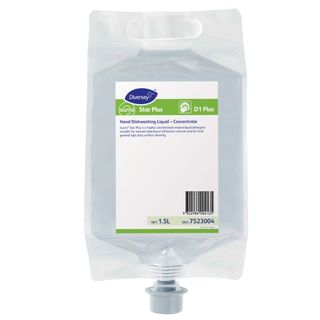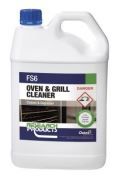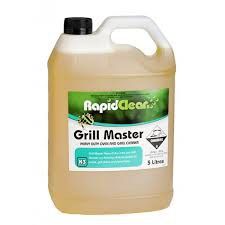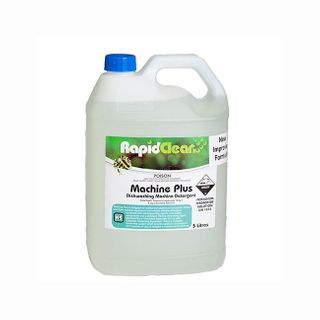Kitchen Cleaning Chemicals

Kitchens and Catering facilities are environments we want to be clean, mould and stain free, and safe to work in. That requires a mix of appropriate chemicals, cleaning tools, and cleaning practices.
Kitchen cleaning chemicals are used to tackle specific cleaning needs, and vary according to the type of cleaning project, productivity pressures cleaners have, and what tools will be used with the chemicals. Effective kitchen cleaning is a mix of chemicals, agitation and time:
* chemicals to remove food or dirt in kitchen, which can be detergents, acidic or alkaline chemicals, agitative chemicals
* chemicals to sanitise or disinfect kitchen surfaces and equipment
* stain removal chemicals
* mould killing removal chemicals
You can make staff aware of safe chemical usage by doing free chemical handling training courses
The most common protective clothing are disposable gloves, sometimes masks, goggles and coveralls are appropriate.
Govt Food Standards apply to food safety practices, premises and equipment
Different kitchen cleaning chemicals are used depending on the item to be cleaned, the cleaning method, and the type of soiling found on the item. There are four main types of cleaning agents used in kitchens:
- Detergents
- Degreasers
- Abrasives
- Acids
Detergents
Detergents are the most common type of cleaning agent and are used in home and commercial kitchens. They work by breaking up dirt or soil, making it easy to wash it away. In general they will be neutral chemicals PH6-8 and contain surfactants to release dirt for easy removal. They wont damage sensitive surfaces likes natural stone, porcelain tiles, vinyl surfaces, timber. Note porous surfaces will aborb dirty water especially when string mops are used that leave a lot of water and chemical behind.
Follow SDS and label guidelines on dilutions.
Degreasers, Oven Cleaning Chemicals
Degreasers are sometimes known as solvent cleaners and are used to remove grease from surfaces such as oven tops, counters, and grill backsplashes. The range PH is from 8-14, PH14 is extremely alkaline and needs PPE, and typically a neutral detergent will be used afterwards to remove chemical residues and stop the ongoing alkaline effect on surfaces.
Methylated spirits or white spirit were commonly used as degreasers in the past. Most food businesses now try to use non-toxic, non-fuming degreasers in their operations to prevent chemical contamination. Follow SDS guidelines carefully.
Abrasives
Abrasives are substances or chemicals that depend on rubbing or scrubbing action to clean dirt from hard surfaces. In commercial kitchens, abrasives are usually used to clean floors, pots, and pans. The abrasive particles are in the chemical products either as hand cleaners or surface cleaners.
Abrasives should be used with care as they may scratch certain types of materials used for kitchen equipment such as plastic or stainless steel.
Acids
Acid cleaning chemcials are the most powerful type of cleaning agent and should be used with care - see our blog on acid cleaning. If they are not diluted correctly, acid cleaners can be very poisonous and corrosive. PH 1-5, PH1-2 is very acidic and definitely needs PPE when used. Typically a neutral detergent will be used afterwards to remove chemical residues and stop the ongoing acidic effect on surfaces.
Acid cleaners are generally used to remove mineral deposits and are useful for descaling dishwashers or removing rust from restroom facilities. Dilution instructions should be followed for safe and effective usage.
Mould Killing chemicals
Mould can be both unsafe for operators and unsightly. The best mould removal of black mould or other mould to to kill the mould spores, as well as remove the existing mould. Using bleach typically only kills surface layers, not spores, that then regenerate. Mould stain removal needs to consider the type of surface to ensure the clour of surface integrity is not unwittingly damaged through chemicals or aggressive abrasive cleaning tools.
Always follow cleaning with kitchen sanitizing
Cleaning is only the first step to a germ-free kitchen. Cleaning is done using detergent, but it doesn’t kill bacteria or other microorganisms that can cause food poisoning. To kill bacteria and ensure a clean workplace, you must follow cleaning with sanitizing or disinfection - review our blog to cover the difference between sanitising and disinfection chemicals and processes. Sanitising kills 999 in 1000 germs, disinfection kills 999,999 in 1 million germs. Food grade Rinse Free Surface Sanitising can be sprayed onto surfaces and left, with workers returning later to food preparation areas without further cleaning needed. Not all disinfectants are food safe.
Effective cleaning and sanitizing also help to:
- prevent pests from entering your business
- prevent cross-contamination
- prevent allergic reactions caused by cross-contamination
Make sure everyone who handles food in your business knows how to clean and sanitize properly and why it's important. Enrolling your staff in a food handling course can help to ensure that your business stays compliant with food safety laws and regulations, passes health inspections, and protects customers from health risks like allergic reactions and food poisoning.
Effective Kitchen Cleaning Tools
Effective Kitchen Cleaning Tools include flat mops for non-slip floors, Oates tile and grout brushes, Motor Scrubber, fabric wipes, paper towels with COVID disinfectant chemicals for easy wiping by hospitality staff and cleaners, small walk behind scrubbers like I-Mop, Viper AS380, Nilfisk SC351
Summary
Effective cleaning with kitchen cleaning chemicals requires matching of chemicals, tools and practices to the outcomes required. Personal safety, and environmental concerns can also be addressed.
Join us on socials |

